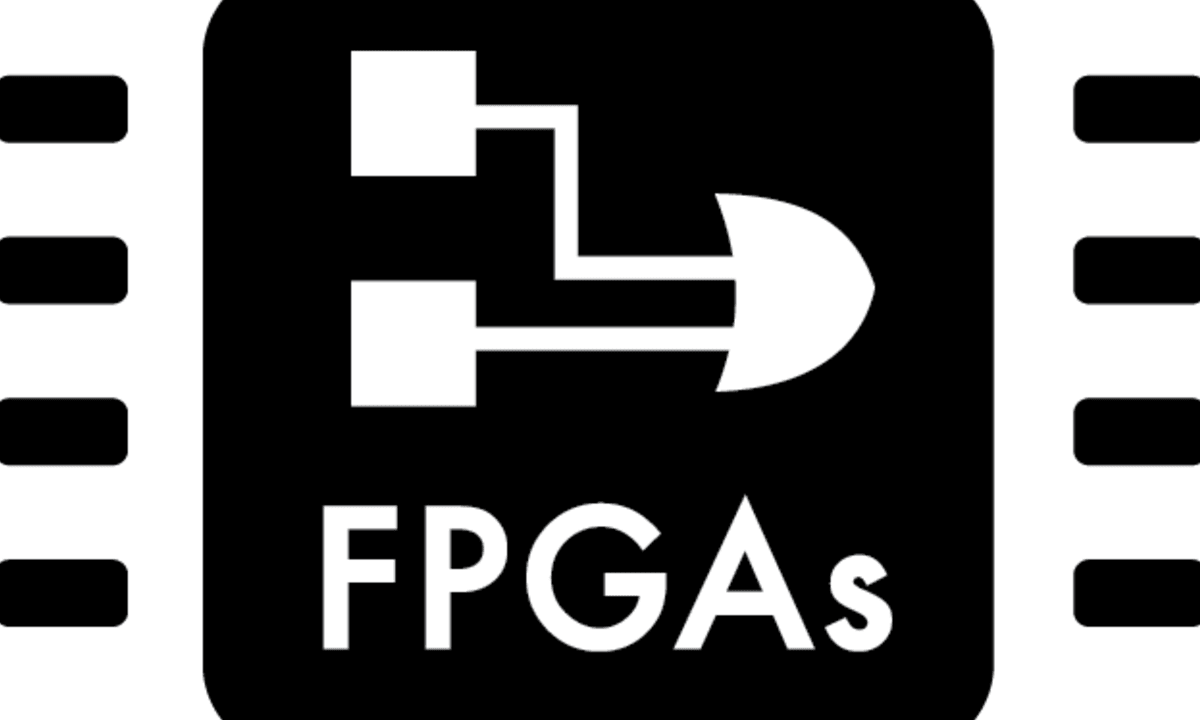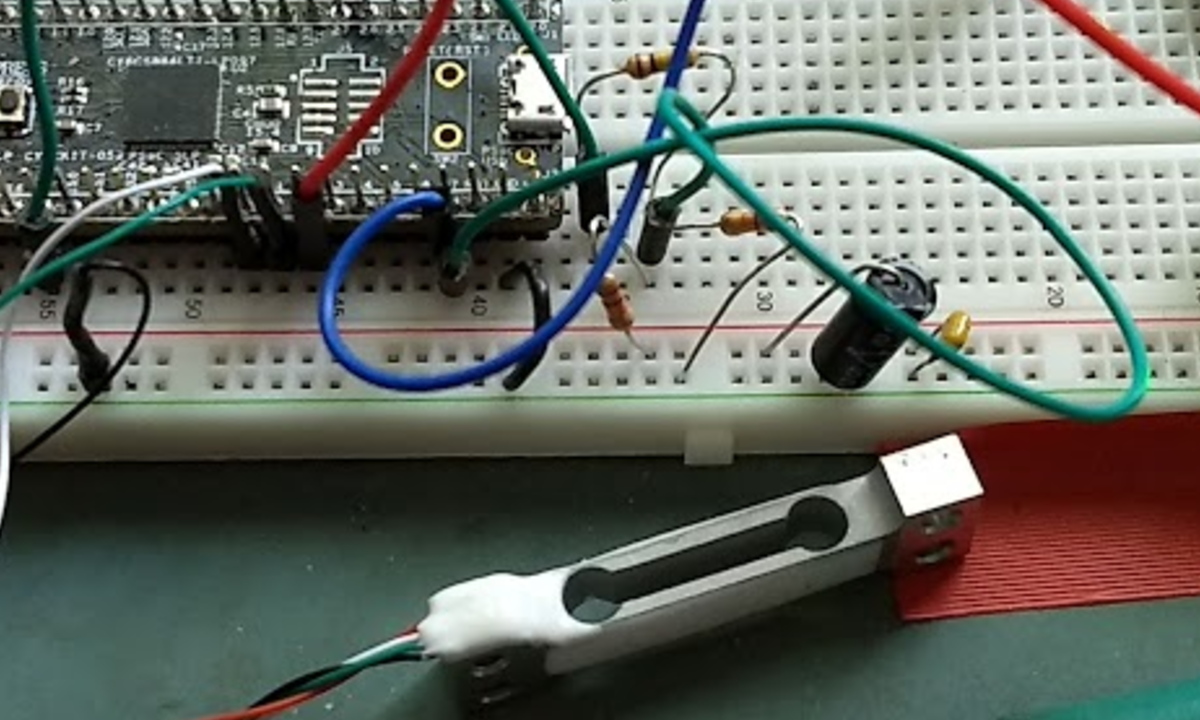GRATIS
Acerca de este curso
- RTES Project Goals and Objectives
- This module provides background on the RTES project including the concept of a "visual synchronome", where a camera is used to synchronize time between an external clock and an embedded computer. The project requires synchronization at both 1 Hz and 10 Hz, where the real-time services must acquire camera frames, select stable (non-blurred) frames and write them to a flash file system. The project requires a good understanding of RMA, real-time scheduling, and design principles for multi-service real-time systems.
- Completion of RTES Project and Preliminary Functional Testing
- Different design approaches for the RTES project are reviewed in this module including the "shot gun" start, where clock ticks are detected once at the start, the full synchronome continuous tick detection approach, and different options for implementation. RTES project designers must decide on a camera interface, for example a V4L2 (Video for Linux 2) interface to UVC (Universal Video Controller) driver, or an OpenCV interface to a camera.
- Timing Analysis — Comparison of Actual to Predicted Service Time Events
- To ensure that a real-time design is properly implemented, timing analysis based upon system logging and tracing must be used to verify that actual timing compared to theoretical RMA. This module provides and overview of methods and suggests the most efficient methods to debug and verify timing of the RTES project. The module includes a 1 Hz peer review of design and code to assist with RTES project improvement for external clock synchronization using camera images with a ticking analog clock.
- Methods for System Verification and Validation of RTES project
- This module covers methods of tracing and profiling for the overall RTES project platform including networking, system profiling, and methods to trace real-time services in particular. The module includes a 10 Hz peer review of design and code to assist with RTES project improvement for external clock synchronization with a digital stopwatch at this higher rate compared to 1 Hz.
- Final Project Review and Presentation
- The overall RTES project should be completed for this module. Students can review tips and examples for how to prepare their design materials, their RMA, and code for review. The process for inspection to verify and validate the design based upon the RTES project rubric is defined here as well.
Cursos relacionados

GRATIS Aprendiendo a aprender: Poderosas herramientas mentales…
Deep teaching solutions
Español

GRATIS Programación para todos (Introducción a Python)
University of Michigan
Inglés

GRATIS The Science of Well-Being
Yale
Inglés

GRATIS Negociación exitosa: Estrategias y habilidades esenciales
University of Michigan
Inglés

GRATIS Primeros Auxilios Psicológicos (PAP)
Universitat Autónoma de Barcelona
Español



